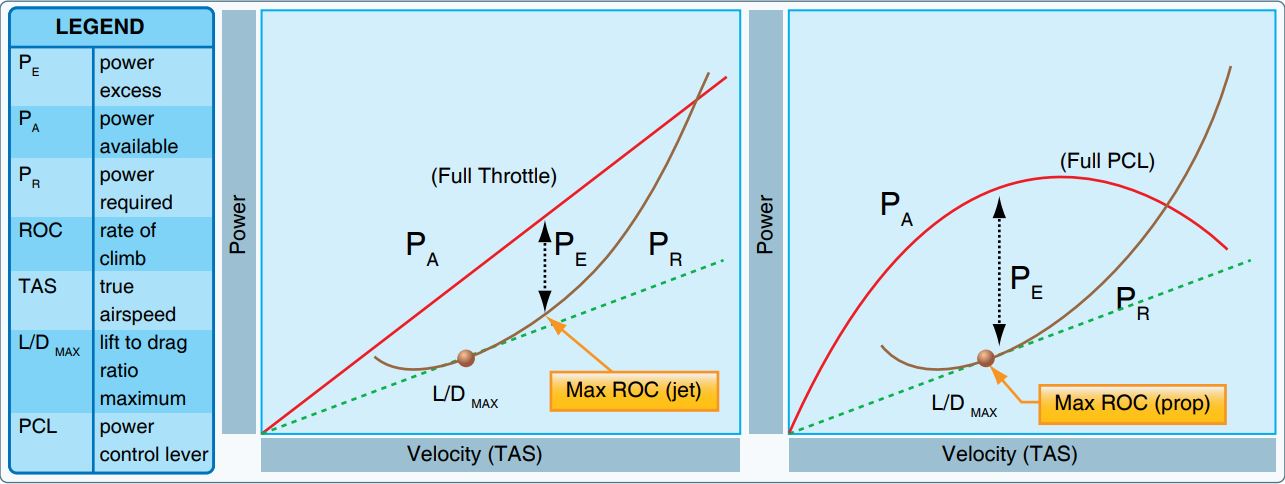Rate of climb on:
[Wikipedia]
[Google]
[Amazon]

 In
In

 In
In aeronautics
Aeronautics is the science or art involved with the study, design, and manufacturing of air flight–capable machines, and the techniques of operating aircraft and rockets within the atmosphere. The British Royal Aeronautical Society identif ...
, the rate of climb (RoC) is an aircraft's vertical speed, that is the positive or negative rate of altitude
Altitude or height (also sometimes known as depth) is a distance measurement, usually in the vertical or "up" direction, between a reference datum and a point or object. The exact definition and reference datum varies according to the context ...
change with respect to time. In most ICAO
The International Civil Aviation Organization (ICAO, ) is a specialized agency of the United Nations that coordinates the principles and techniques of international air navigation, and fosters the planning and development of international a ...
member countries, even in otherwise metric countries, this is usually expressed in feet per minute
The minute is a unit of time usually equal to (the first sexagesimal fraction) of an hour, or 60 seconds. In the UTC time standard, a minute on rare occasions has 61 seconds, a consequence of leap seconds (there is a provision to insert a neg ...
(ft/min); elsewhere, it is commonly expressed in metres per second
The second (symbol: s) is the unit of time in the International System of Units (SI), historically defined as of a day – this factor derived from the division of the day first into 24 hours, then to 60 minutes and finally to 60 seconds ea ...
(m/s). The RoC in an aircraft is indicated with a vertical speed indicator (VSI) or instantaneous vertical speed indicator (IVSI).
The temporal rate of decrease in altitude is referred to as the rate of descent (RoD) or sink rate.
A negative rate of climb corresponds to a positive rate of descent: RoD = −RoC.
Speed and rate of climb
There are a number of designated airspeeds relating to optimum rates of ascent, the two most important of these are ''VX'' and ''VY''. ''VX'' is the indicated forward airspeed for best angle of climb. This is the speed at which an aircraft gains the most altitude in a given horizontal , typically used to avoid a collision with an object a short distance away. By contrast, ''VY'' is the indicated airspeed for best rate of climb, a rate which allows the aircraft to climb to a specified altitude in the minimum amount of regardless of the horizontal distance required. Except at the aircraft's ceiling, where they are equal, ''VX'' is always lower than ''VY''. Climbing at ''VX'' allows pilots to maximize altitude gain per horizontal distance. This occurs at the speed for which the difference between thrust and drag is the greatest (maximum excess thrust). In a jet airplane, this is approximately minimum drag speed, occurring at the bottom of the drag vs. speed curve. Climbing at ''VY'' allows pilots to maximize altitude gain per time. This occurs at the speed where the difference between engine power and the power required to overcome the aircraft's drag is greatest (maximum excess power). ''Vx'' increases with altitude and ''VY'' decreases with altitude until they converge at the airplane's absolute ceiling, the altitude above which the airplane cannot climb in steady flight. TheCessna 172
The Cessna 172 Skyhawk is an American four-seat, single-engine, high wing, fixed-wing aircraft made by the Cessna Aircraft Company.
is a four-seat aircraft. At maximum weight it has a ''VY'' of indicated airspeed providing a rate of climb of 721 ft/min (3.66 m/s).
Rate of climb at maximum power for a small aircraft is typically specified in its normal operating procedures but for large jet airliners it is usually mentioned in emergency operating procedures.
Variometer
See also
* ICAO recommendations on use of the International System of Units * Climb (aeronautics) * Descent (aeronautics) * V speedsReferences
{{reflist Aerospace engineering Climb